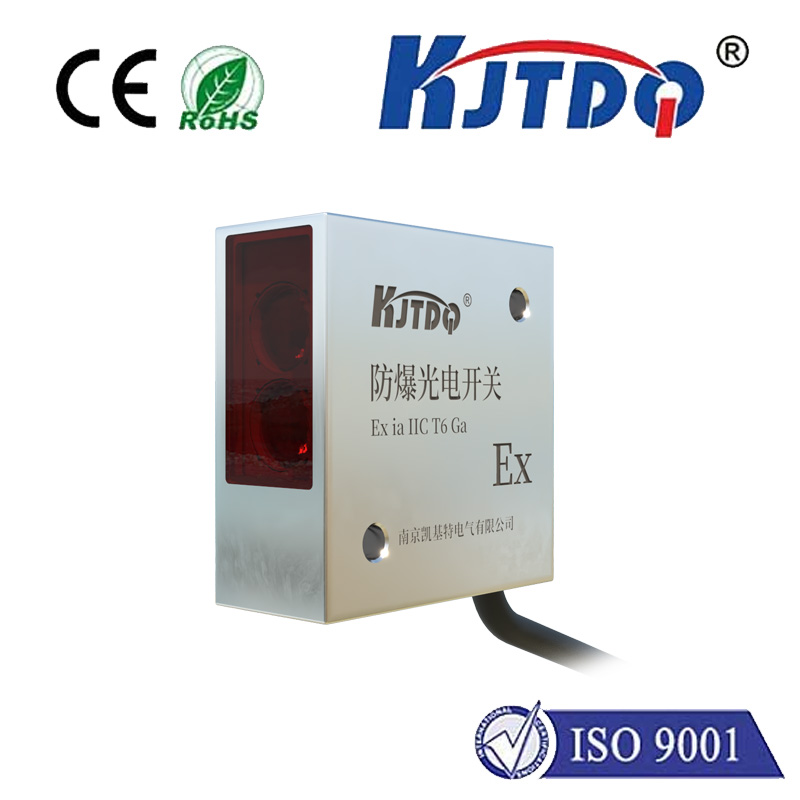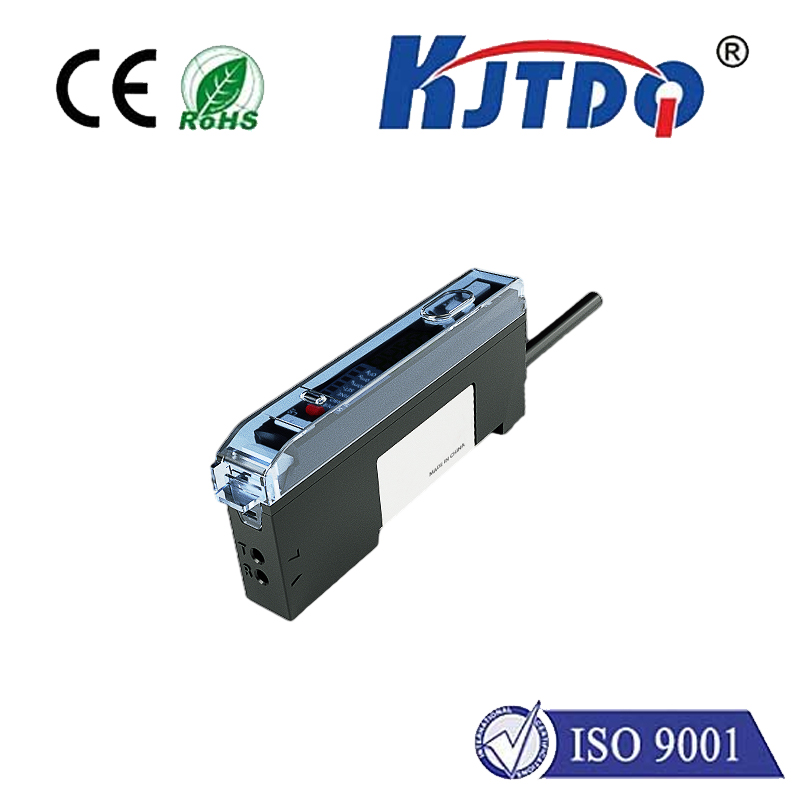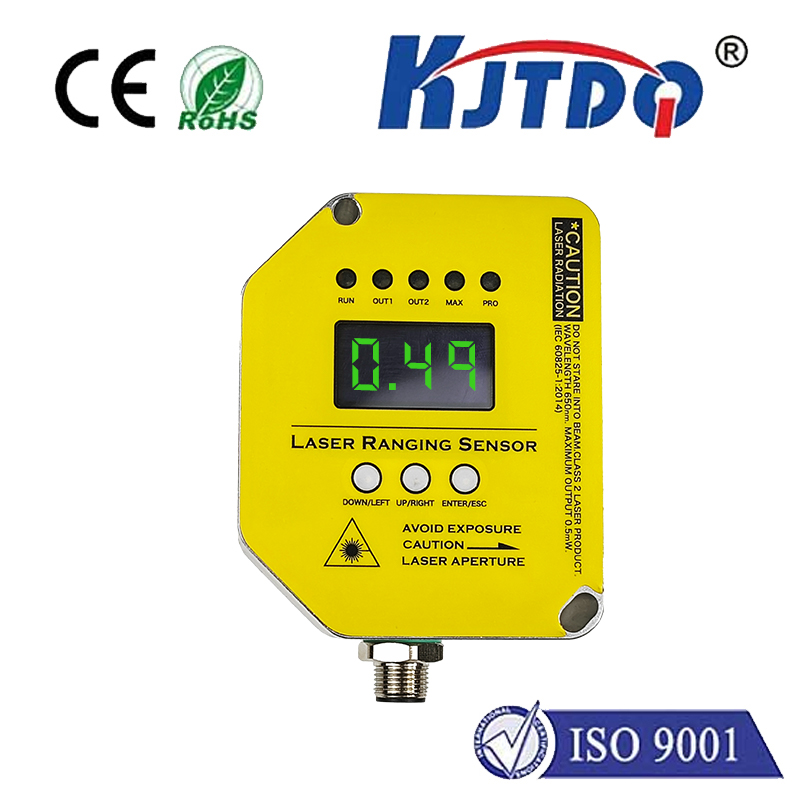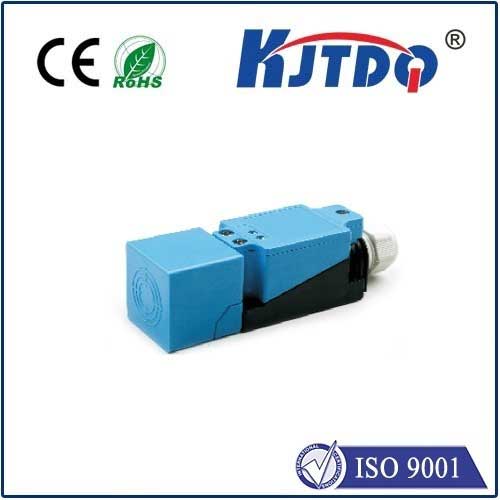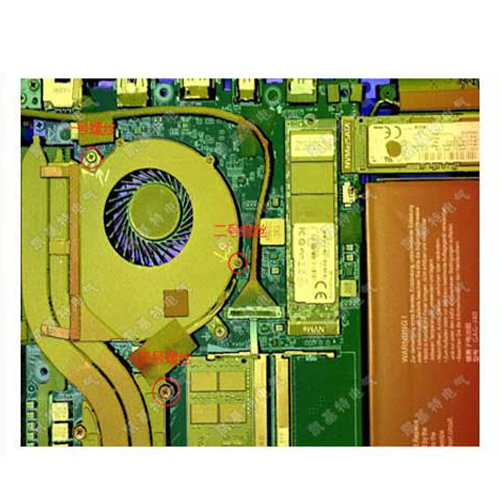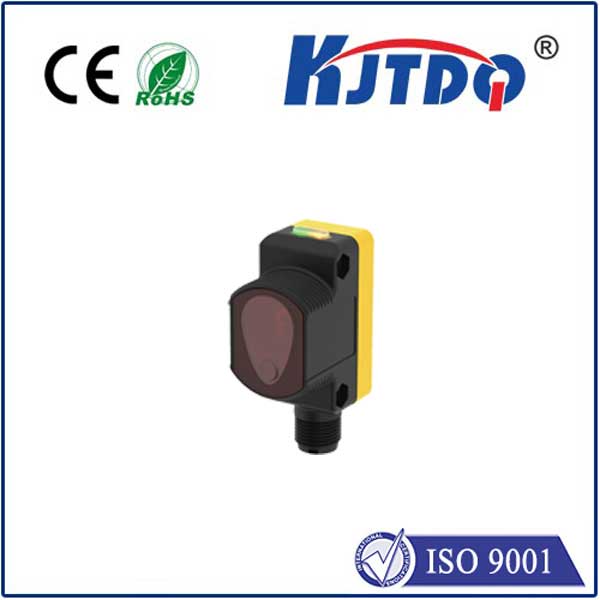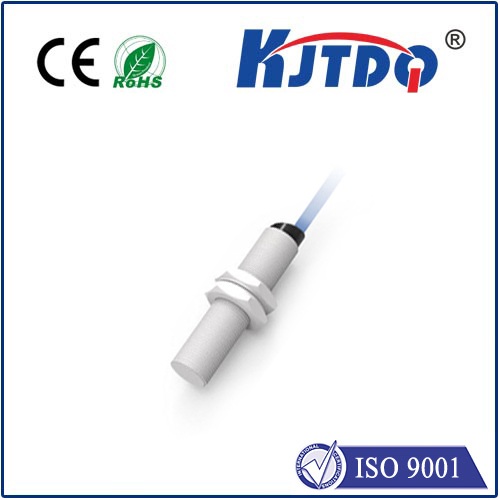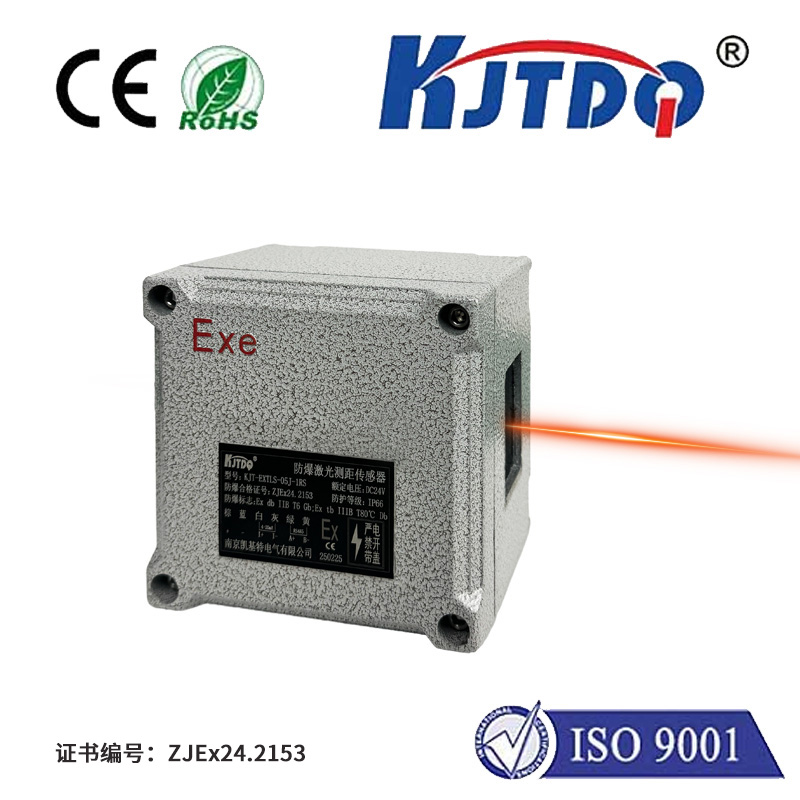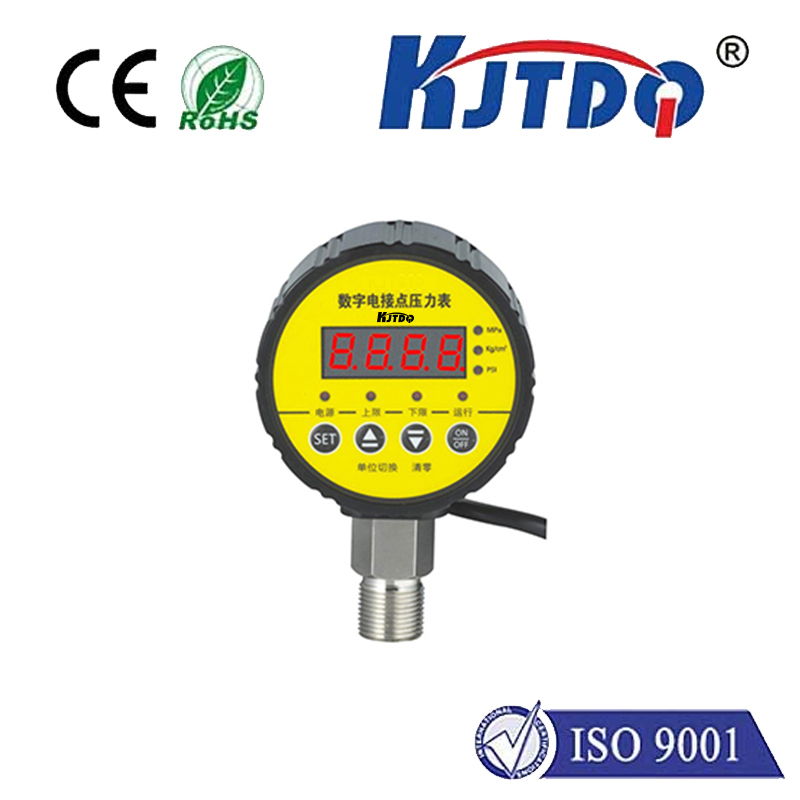

check

check

check

check

check

check

check

check

check

check
The world of technology has witnessed a tremendous advancement in sensor development, especially in the area of infrared (IR) proximity sensors. These small yet mighty devices have revolutionized various industries, including automotive, healthcare, and security. In this article, we will delve into the power and versatility of infrared IR proximity sensors, exploring their applications, functionalities, and how they are transforming our lives.
Part 1: Unleashing the Potential of IR ProxIMity Sensors
At its core, an IR proximity sensor is a type of sensor that detects and responds to physical objects' proximity. Unlike traditional capacitive or inductive sensors, IR proximity sensors operate based on the principles of infrared radiation. They emit an infrared beam that reflects off nearby objects and measures the time it takes for the beam to bounce back. This process allows the sensor to determine the distance between two objects.
One of the key strengths of IR proximity sensors is their ability to detect objects regardless of their color, size, or shape. This feature makes them highly versatile and suitable for a wide range of applications, from automatic door locks and remote control devices to medical diagnostic tools and industrial equipment monitoring. Moreover, IR proximity sensors can be designed with different sensitivity levels and pulse lengths, allowing them to respond to various distances and scenarios.
Part 2: Transforming Industries with IR ProxIMity Sensors
The potential of IR proximity sensors is not limited to specific industries; rather, they are transforming numerous sectors by providing innovative solutions to complex problems. One notable example is in the automotive industry, where IR proximity sensors are used to monitor the distance between vehicles and pedestrians. By detecting collisions before they occur, these sensors can significantly reduce the number of accidents and save lives.
In the healthcare sector, IR proximity sensors are being utilized for non-invasive medical procedures such as body temperature measurement and blood pressure monitoring. These sensors provide accurate readings without causing any discomfort or harm to patients. Additionally, in the field of security, IR proximity sensors are employed for motion detection and alert systems. They help prevent burglaries, monitor prisons and other high-security areas, and ensure public safety.
Part 3: Future Prospects of IR ProxIMity Sensors
As technology continues to evolve, the potential of IR proximity sensors is expected to expand even further. With the advent of smart home automation, these sensors will play a crucial role in creating more connected and efficient living spaces. For instance, they could be used to control lighting, temperature, and other home appliances based on individual preferences and occupancy patterns. Moreover, as artificial intelligence (AI) and machine learning algorithms improve, IR proximity sensors will become even more intelligent and responsive to real-world situations.
Conclusion: The Power and Versatility of Infrared IR Proximity Sensors
In conclusion, infrared IR proximity sensors have come a long way since their inception and continue to revolutionize various industries by providing accurate and reliable data. From detecting collisions in cars to monitoring patient vitals in hospitals and ensuring public safety in security systems
